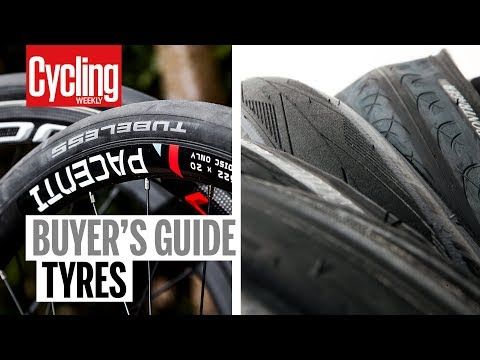Rim width and tire width are two closely related sizes. Flexible tire sidewalls alow a single tire size to be mounted on a rim of various widths.
Actually, there is an approved rim width range for every tire size, but on the other side, there is a tire width range for every rim size, specifically, rim width.
Note: There are three charts on this page. First chart shows tire widths adequate for a certain rim width and tire aspect ratios. The other two charts are doing the same but in a separate table for each rim width; inside the table data is ordered by tire width or tire aspect ratio.
When replacing a rim or a tire with a wider one you could ask a question in two different ways:
The answer would be: "Rim widths corresponding to the tire size 195/65 R15 are: 5.5, 6.0, 6.5 and 7.0 inches". The information related to other tire sizes can be found in Wheel/Rim Size Calculator or Rim Width Range and Measuring rim for Tire Size chart.
If you want to mount a wider or a narrower tire on the existing rim you could ask the question:
For example, appropriate tire widths for the 6" rim are from 175mm to 225mm. That's answer you can find in the charts below this text.
When replacing OE(original equipment) tire with a wider one, aftermarket tire, the width of rim should be taken into consideration because each rim width corresponds to only a few tire widths.
The charts presented below could help you to make the rational decision about the tire width you need for the given wheel/rim width.
But, please consider that the resulting tire list lacks certain tire sizes, so it should not be treated as complete. When we say tire size in this context(relation between tire width and rim width), we mean only on tire width(i.e., section width) and tire aspect ratio/series, there is no rim diameter. Tires presented in the list should not be all considered suitable for your car, because only a few of them or maybe, only one would satisfy a requirement that their overall diameter should be almost the same as your OE (original equipment) tire diameter. The data presented in the charts is only for the passenger car metric tires.
The data presented in the charts is only for the passenger car metric tires.
NOTICE: These charts do not represent complete or ultimate solution for this particular purpose, they are only a reference.
So, when you find tire sizes, i.e., tire width and series combinations that fit your wheels/rims, use our Tire Size Calculator – Tire Dimensions to compare them with your OE Tire size to ensure that the selected tires circumferences or diameters do not deviate too much from the OE tire circumference or diameter. This is extremely important for many reasons.
The charts, as an addition to our tire4rim calculator, should be used along with our rim4tire calculator, which complement each other. If you choose a tire size in these charts or in the Tire size for rim size calculator, do one more check in the Wheel/Rim size calculator(or in the chart: Rim width range and Measuring rim width for Tire Size) for the selected tire size, to double check if the selected tire size has your rim in
the acceptable rim width range.
Find more relevant information below these charts.
Can I mount a smaller tire width than the one presented in the chart as the smallest, for the specific rim width?
Notes: A Tire with higher profile(series) for the same tire width or the same profile for a wider tire width, has a higher tire sidewall, that means more comfortable ride. Wider tires create more traction on the road, resulting in reducing fuel economy.
Disclaimer:
Please note that these charts should be used only as a reference and they should be verified with tire/wheel manufacturers. They are for informative purposes only. The tyresizecalculator.com is not responsible for any errors that may arise with their usage.
In the charts, every tire width and aspect ratio combination, listed below the certain rim width, could be mounted on the rim width, but the question is: which tire width is the best fit to the rim width?
The tire Measuring Rim Width, which stems from the tire size could help. You already have the tire width, the aspect ratio, the rim diameter you want to use, that is, you have the full tire size. if your rim width is closer to the measuring rim of selected tire, it's more likely that the chosen tire would fit your rim.
Every tire size has its own Measuring Rim (check the Measuring Rim Width for a tire size by clicking the previous link). In other words, the nominal tire size(imprinted on a tire sidewall) becomes the real tire size when fitted on the appropriate Measuring Rim.
For the specific rim size and adequate tire dimensions try out our Tire size for rim size/width calculator which tells you what tire sizes to pick for entered rim size(i. e., rim width).
e., rim width).
The charts in this article show what tire width and series combinations fit to the specific wheel/rim width i.e., they show the tire width range for the given rim width. E.g., for the 7" (inch) rim width, following tire widths can be fitted: from 195mm to 255mm.
In the charts, beside each tire width, there is one more tire dimension: a tire series. The tire series is the ratio between the tire section height(i.e., tire sidewall height) and the tire section width (i.e., tire width). Series = tire sidewall height / tire width.
If two tires have the same tire width, but different series: the first has 50, the second has 30, that means that the second tire has the smaller tire sidewall height(lower profile) in relation to the first, so rims will be closer to the road.
The tire width, the rim width and the tire series are closely related sizes when we talk about the tire to rim fitment. The reason for this is that for almost every tire series there is a different rim width/tire width ratio(specified by the tire associations). The ratio is used for determining the Measuring Rim for the tire. In other words, a lower aspect ratio means that you could use a wider rim for the same nominal tire width.
The reason for this is that for almost every tire series there is a different rim width/tire width ratio(specified by the tire associations). The ratio is used for determining the Measuring Rim for the tire. In other words, a lower aspect ratio means that you could use a wider rim for the same nominal tire width.
Actual tire dimensions depend on a rim on which a tire is mounted. The nominal tire size is imprinted on the tire sidewall, but the tire gets its real dimensions(i.e., real tire size) only when mounted on the rim. That's the reason why a Measuring Rim exists for every tire size.
Next important info is that the tire width changes for about 5mm (2/10") for every 0.5" (inches) change in the rim width, in the Approved Rim Width Range for the tire.
Suppose you have the tire size 195/65 R15 on the 6" (inch) rim width (6"x15"). If you changed the rim to 7"x15", according to the previous rule, when you mount the tire 195/65 R15 on that rim, the real tire width would be 195mm + (2 x 5mm) = 205 mm.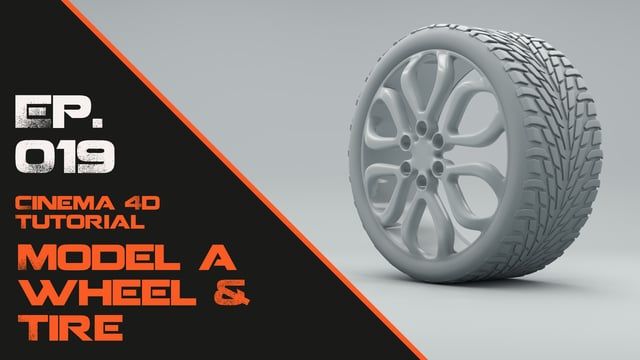
The type of rim, that tire is designed for, is also important.
All these things could affect the overall tire diameter(or circumference), which is important to stay in the permissible limit, during the process of tire replacement.
These charts are only for the passenger car metric tires.
The charts are a compilation of data from year books of renowned tire manufacturers, and it might not be in accordance with the newest data, so please, always check the data from these charts with tire manufacturers or tire specialists!
Looking at one chart row, for one rim width, treated as a measuring rim width(MRW), there are various tire widths in columns, designated as aspect ratio(i.e., tire series/profile). In the row, as series rises, the tire width rises also. So, we may say there are the minimum and the maximum tire width for one rim width, but only in the context of the tire series.
If we took only one cell in the row, which contains one tire width, for e.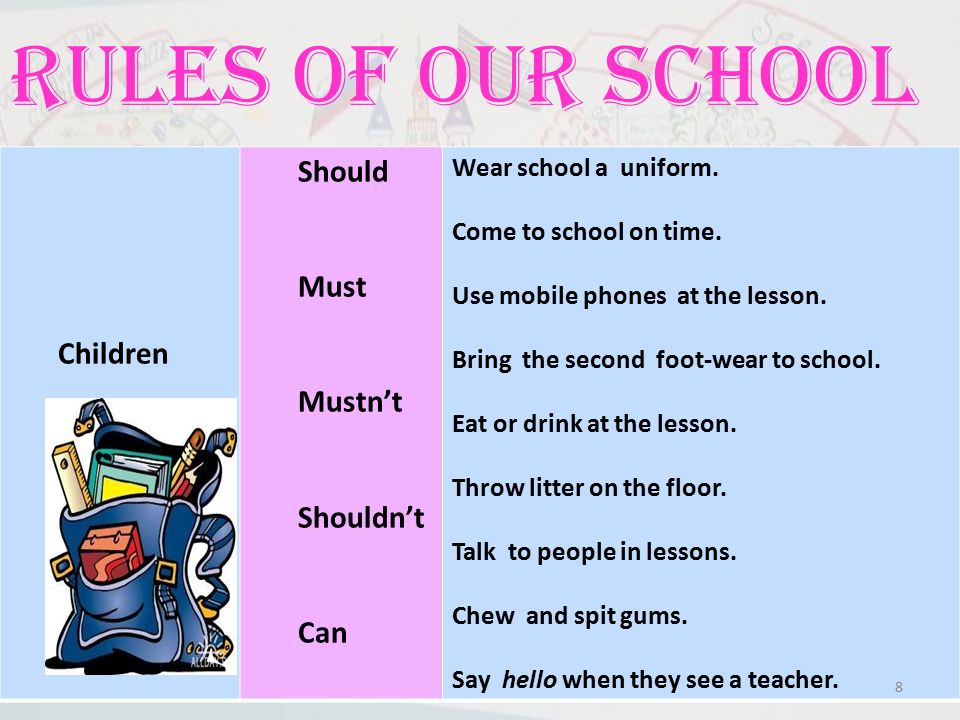 g., the one with the minimum tire width(TW) for observed rim width(RW), could we say that this is the minimum tire width that can be mounted on the rim width? No. The cell contains the real tire width for the rim width, the one which is equal to the nominal tire width/size(imprinted on the tire sidewall), the one we get when the tire with that nominal tire width is mounted on the rim with the rim width.
g., the one with the minimum tire width(TW) for observed rim width(RW), could we say that this is the minimum tire width that can be mounted on the rim width? No. The cell contains the real tire width for the rim width, the one which is equal to the nominal tire width/size(imprinted on the tire sidewall), the one we get when the tire with that nominal tire width is mounted on the rim with the rim width.
This doesn't mean we can't mount a smaller tire width than the one showed in the chart as the smallest for the same rim width. How so? For e.g., the row with 9" rim width lists as the smallest tire width, 255mm for AR: 25,30,35 and 40. Is it possible to mount smaller tire width than 255 on that rim? Yes.
In our Wheel/Rim Size Calculator-Shows acceptable rim width range for the tyre size, enter tire size 245/40 R 18, you'll get approved rim width range(ARWR): 8" – 9.5" and measuring rim width of 8.5", which means you can mount that tire size(with 245mm tire width) on 9" wide rim, because it's in the ARWR for that tire size.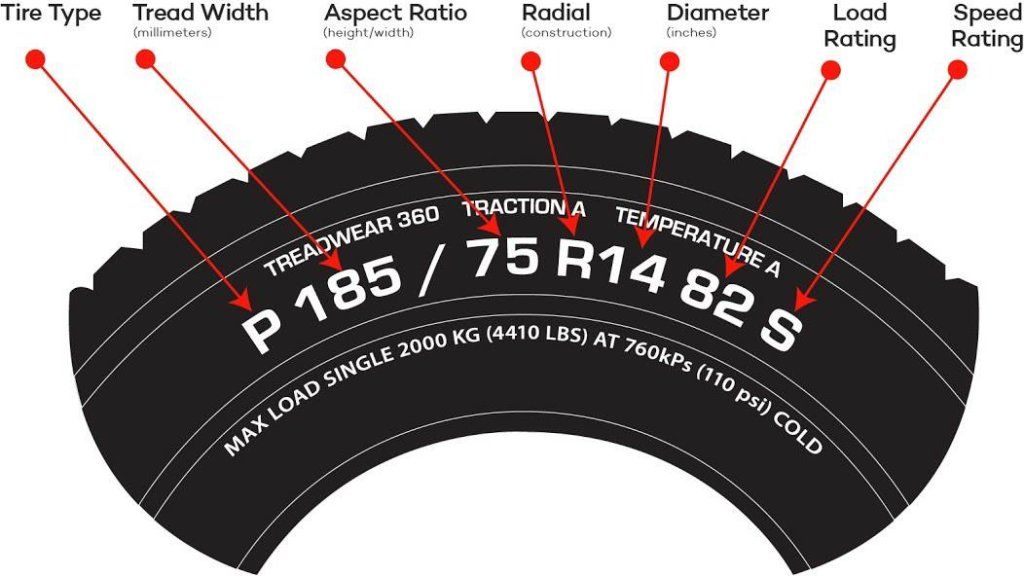 But, measuring rim width(MRW) for that tire size is 8.5", and we were talking about mounting the tire on the rim width of 9".
But, measuring rim width(MRW) for that tire size is 8.5", and we were talking about mounting the tire on the rim width of 9".
A tire gets its final size after being mounted on a rim. Every rim width increase of 0.5" as a result has tire width increase of 5mm or 2/10", when the tire is mounted. Every tire size has a measuring rim width and an approved rim width range.
Hence, when we mount the nominal tire size(imprinted on the tire sidewall) 245/40 R 18, which has MRW equal to 8.5", on the rim width of 9", the real tire size, specifically, real tire width would be 250mm, not 245mm, because the rim on which the tire is mounted is 0.5" greater than the tire MRW.
Related articles:
This calculator gives you the answer to the question "What rims fit my car?"
Wheel/Rim Size Calculator shows the acceptable wheel/rim width range for any given tyre size in accordance with the ETRTO standards and databooks of the leading tyre manufacturers.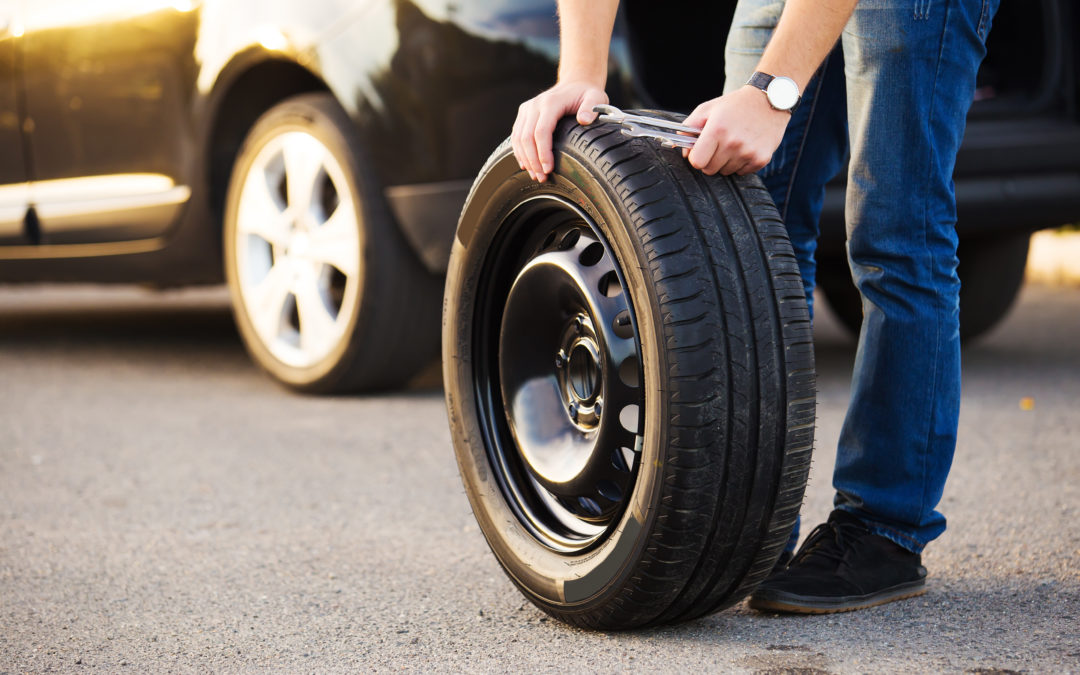
Each tyre manufacturer has a specific rim width range on which the specific tyre size can be mounted. This calculator should help you to find the appropriate rim width for your tyres. Failure to follow rim width recommendations may result in poor tyre performance or possible wheel and/or tyre failure.
Choosing a wheel near the middle of the acceptable wheel width range will give the balance between ride quality and handling. A wider wheel will improve car handling at the expense of ride quality, while a narrower wheel will improve ride quality at the expense of handling. Consider these compromises when selecting wheels.
Into the form below, select the tyre size and click on the button "Find Rim Size". The table containing the recommended wheel/rim sizes and rim widths, for the selected tyre size, will be presented below the calculator.
Wheel/Rim Size Calculator
select tyre sizee.g., 195/65R15
125135145155165175185195205215225235245255265275285295305315325335345355/253035404550556065707580R 1012131415161718192021222324252628
WAIT.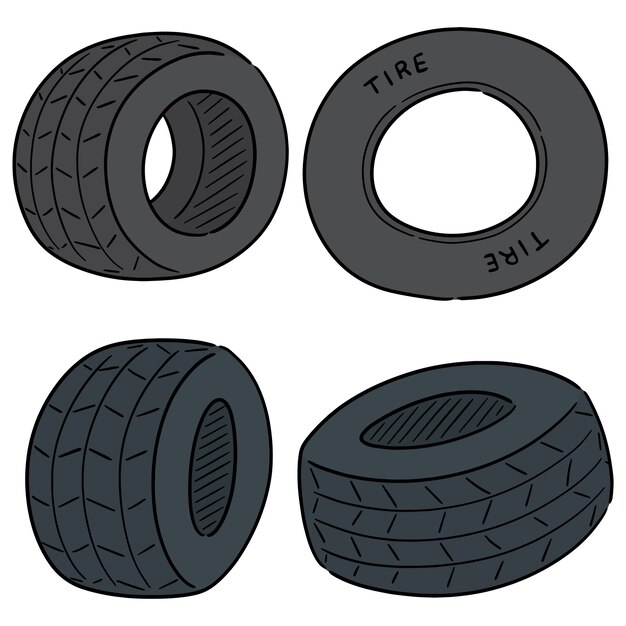 ..
..
Disclaimer:
This calculator and its results should be used only as a reference. The results should be verified with tyre/wheel manufacturers or specialists. The tyresizecalculator.com is not responsible for any errors that may arise with its usage.
This calculator is only for the passenger car metric tyres and it's complemented by the Rim Width Range and Measuring rim width for Tire Size chart.
A tyre gets its real size(i.e., dimensions) only when fitted to a rim. The nominal tyre size is imprinted on the tyre sidewall, but the tyre gets its real dimensions (i.e., real tyre size), adequate to the nominal size, only when mounted on the Measuring rim. That's why the measuring rim exists for (almost) every tyre size.
The tyre width changes for about 5mm (2/10") for every 0.5" (inches) change in the rim width, in the recommended rim width range.
This calculator shows the recommended (i.e., acceptable) rim width range for the selected tyre size. Every rim width from the acceptable range should be suitable for the tyre size you enter in the calculator.
Every rim width from the acceptable range should be suitable for the tyre size you enter in the calculator.
The relation(i.e., ratio) between rim and tyre width is determined by respectable tyre associations. It's dependent on a tyre series(i.e., profile or aspect ratio) and it's used for determining the measuring rim for the tyre. Read more in Tire width for a wheel/rim size chart.
When you find the tyre and rim combination that suits your requirements best, compare the selected tire size with your OE Tyre size to ensure that the selected tyre diameter do not deviate too much from the OE Tyre diameter. This is important for many reasons.
This calculator complements our Tyre Size for Rim Size/Width Calculator and Tyre width for a rim width chart.
Try the Wheel Offset/Backspace Calculator which calculates the offset and the backspace, the important measurements for positioning the wheel/tyre assembly inside the wheel well. This calculator also gives the option to compare wheels, to compare the offset and the backspace of one or more additional wheels to the original wheel.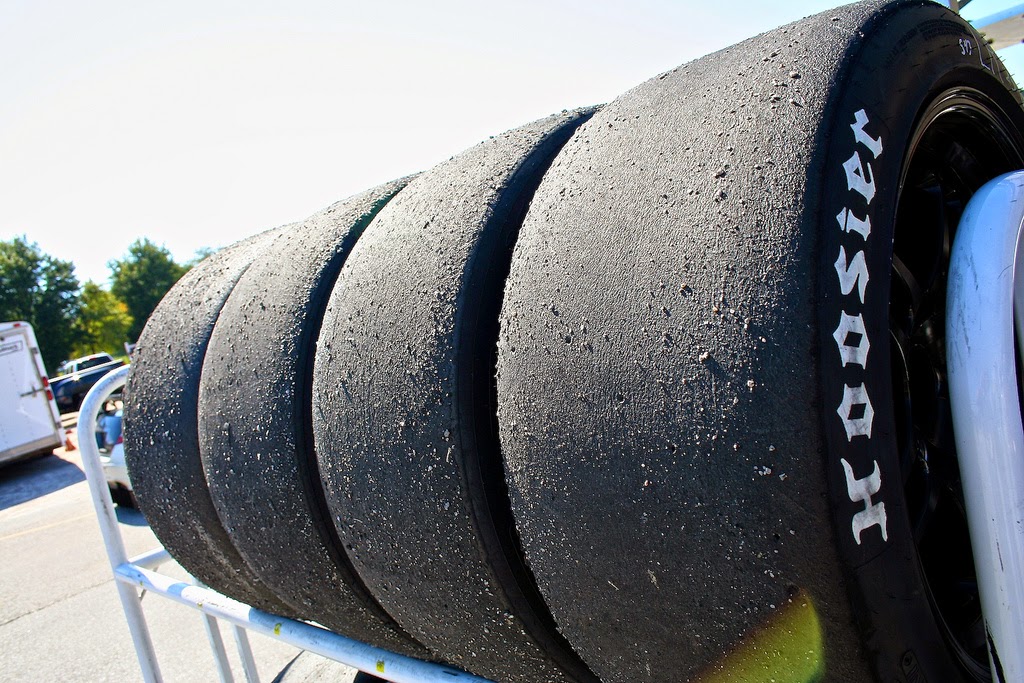
Related articles:
Many car enthusiasts ask this question, but not everyone decides to deviate from the manufacturer's recommendations.
Replacing regular car wheels is one of the simplest types of tuning. Why is this needed? There are many options. The most common reason is not liking the look. Let's say you want the wheels to look spectacular. To do this, the disk must be larger in diameter. Well, or you bought a used car, and the design of the rims categorically does not suit you. Perhaps you liked some specific wheels, but their dimension is not included in the list recommended by the car manufacturer. You can also change the wheels for reasons of practicality. But how can the installation of such wheels turn out in the future? Let's figure it out.
First, let's remember the key parameters of the wheel.
Main dimensions of the tire: D - outer diameter of the tire; H is the height of the tire profile; B - tire profile width; d - landing diameter of the wheel rim (tire).
traffic police prescribed requirements for converted cars
Next, we'll tell the story on the example of tires for a very common size on B-class cars, 185/65 R15. These are the popular Rio, Solaris, Logan, Largus, etc. By the way, let me remind you what all these designations mean.
So, there are several ways to move away from the size of the standard wheel .
While maintaining the standard size of the rim, we increase the width of the tire profile while maintaining the percentage of height to width. In our example, we get 195/65R15. It is important to know here that all cars are designed for the installation of snow chains with a size of at least 12 mm. Indeed, in some European countries, driving on mountain roads without chains is prohibited, and not a single self-respecting manufacturer will make a car so that it cannot be operated in the mountains of France or Switzerland. Therefore, an increase in the width of the tire profile is permissible in most cases by up to 24 mm. At the same time, the car will become a little softer on the move, and wider tires will improve braking performance.
Therefore, an increase in the width of the tire profile is permissible in most cases by up to 24 mm. At the same time, the car will become a little softer on the move, and wider tires will improve braking performance.
Wheel care: checking wheel and tire products
Keep the rim the same and increase the percentage of tire profile height to width to 70. In our example, we get 185/70 R15. The outer diameter of the wheel increases by 20 mm, which is quite acceptable (remember the reserve for installing chains). Everything would be fine, but in our particular example, the factor intervenes that tires of this size are produced mainly for commercial vehicles and they are too rigid and expensive to install on a passenger car. However, in other dimensions, the situation may be different.
The story of a friend's car is quite indicative. He bought a Kia Rio with a 1.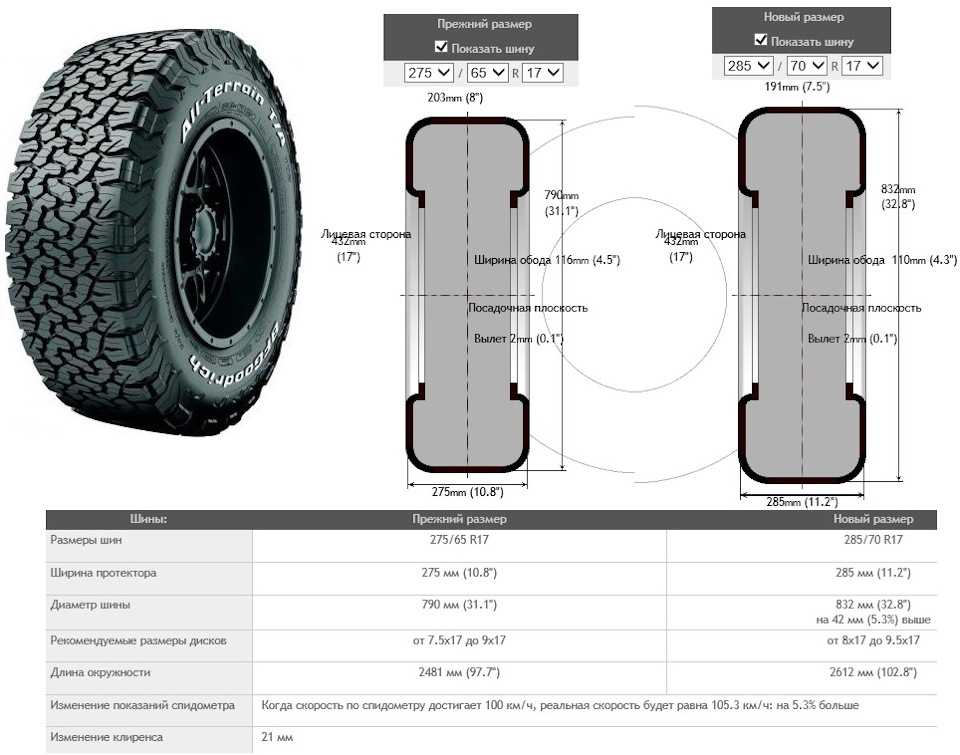 6 engine and a 6-speed automatic. The regular wheels of the car had a size of 185/65 R15. The owner drove through the summer season and was not happy with the car's stiff suspension and insufficient ground clearance. Then he decided to change the behavior of the car, not by tuning the springs with shock absorbers, but by working with the wheels. In preparation for the next summer season, he used forged wheels with a diameter of 14 inches, completely matching the mounting dimensions.
6 engine and a 6-speed automatic. The regular wheels of the car had a size of 185/65 R15. The owner drove through the summer season and was not happy with the car's stiff suspension and insufficient ground clearance. Then he decided to change the behavior of the car, not by tuning the springs with shock absorbers, but by working with the wheels. In preparation for the next summer season, he used forged wheels with a diameter of 14 inches, completely matching the mounting dimensions.
The previous generation Kia Rio was equipped with 15-inch wheels in the base, but to make the car softer, the owner installed 14-inch tires with 195/70 R14 tires.
Driving Tire Test - measuring braking distances in hot and cold weather
However, disc diameter reduction is very rare. Much more often it happens that the owner chooses wheels one or even two sizes larger. And "wraps" them in low-profile tires. At the same time, the overall dimensions of the wheel remain almost unchanged or grow within acceptable limits.
Typical example of a low profile tyre.
Tire pressure: your norm
It's a different story when a car owner decides to install wider disks. Some people like it when the wheel protrudes a little beyond the arch. Please note that changing the dimensions of the wheel and tire can significantly increase the weight of the wheel assembly. Such weighting will negatively affect the life of the suspension elements and even the body, since large unsprung masses can cause resonant vibrations that the suspension is not designed for structurally. It is also important to remember such a parameter as wheel offset.
Wheel offset is the distance between the plane of symmetry of the rim and the surface adjacent to the vehicle hub. From left to right in the diagram are shown: negative offset, zero and positive.
Those who like to change the offset of the rims, as a rule, tend to place the wheels wider. The aesthetic component of such changes is controversial, but the resource of the suspension elements will certainly decrease.
| Of course, it is possible to stretch narrow and inexpensive tires on disks that look more like solid sections of pipes with flanges, but the deformation of the tire carcass will soon render it unusable. You don't ride a lot of these. It is certainly possible to pull narrow and inexpensive tires onto rims that look more like solid sections of pipes with flanges, but the deformation of the tire carcass will soon render it unusable. You don't ride a lot of these. | Even large crossovers, which in comparison with sedans seem to be a kind of bumpkins, when you install low-profile tires begin to manage at least “good”. Even large crossovers, which in comparison with sedans seem to be a sort of bumpkins, with the installation of low-profile tires begin to manage at least “good”. | On the utilitarian Sobol, a tuning enthusiast installed discs that significantly increased the track. Guaranteed curious views of others, as well as a reduced resource of wheel bearings and shock absorbers. On the utilitarian Sobol, a tuning enthusiast installed discs that significantly increased the track. Guaranteed curious views of others, as well as a reduced resource of wheel bearings and shock absorbers. |
| PLASS | Lessine |
| Clerence increase . On our roads, every millimeter of ground clearance counts. If the bottom of the car is 5-10 mm further from the potholes, then there is less chance of damaging it on a bad road. | The wheel may touch body parts. If the width and diameter of the wheel grow no more than 24 mm from the maximum wheel size recommended by the manufacturer, then this problem is not terrible for you. You can't put chains on after that. |
| Economy improvement. Economy improves slightly on country roads, especially on vehicles with gearboxes that have few gears (4 or 5). | Vehicle roll increase. Yes, the roll will increase a little, due to the fact that the center of mass is now slightly higher. In practice, this means a slightly lower limiting rearrangement speed. |
| Change the speedometer and odometer. Regular instruments always overestimate the readings. You can check with GPS. And with new, slightly larger wheels, the readings will come in line with reality. Plus or minus you decide. Still, such a discrepancy is made primarily for security reasons. | Derating. The new wheels are a little harder for the engine to turn, and they themselves are a little heavier. |
| Reducing the offset of the discs (when the wheels protrude further out of the wheel arches) provides a wider track, which improves the lateral stability of the machine. | The wide disc is easily damaged by when touching a curbstone. In addition, if the width of the disk is much larger than the nominal one, the tire carcass does not work correctly. This results in increased wear of the tire . |
| In most cases, looks more aesthetic and catchy. | Protruding wheels overload the wheel bearings and make the difficult to drive. It is worth getting the front wheel on the roughness of the road, as the steering wheel literally pulls out of your hands. |
It is convenient to use a tire calculator for calculations.
Custom wheels are prohibited by law. Therefore, any experiments with the dimensions of tires or wheels are illegal. An exception is if the new dimension is allowed to be installed by the manufacturer. However, in reality, not everything is so scary: if the rims on your small car are not welded to a width of 12 inches, if the diameter is not 19and more than inches, then such wheels will not arouse the interest of traffic police officers. But with obtaining a diagnostic card, problems will already arise.
Boiled discs may be of interest to traffic police officers, because the use of such discs is a direct intervention in the design of the car, which is prohibited. In this case, you can try to convince the traffic cop that you "get to the place of repair in compliance with the necessary security measures."
In conclusion, I would like you to share what changes in tire and rim sizes you have applied to your cars, and what you think it has resulted in.
Photo https://www.techradar.com
We are all used to seeing large-diameter wheels with low-profile tires on expensive and powerful cars . As a rule, they look spectacular and give the appearance of the car an aggressive and dynamic look. Cheap small cars, on the contrary, are equipped with miniature wheels, which often make them look like toys. What affects the size of the wheels and the profile of the rubber, the portal "AvtoVzglyad" found out.
Ivan Flyagin
Driving characteristics of the car directly depend on the diameter of the disk and tire profile. Those tires where the profile height (it is indicated by the second digit) is less than 55% are considered low-profile: 205/55 R16, 225/45 R17, 225/40 R18 and so on.
The lower the tire profile, the larger the disc diameter, and the worse the rubber dampens road surface flaws and better transmits the canvas relief to the passenger compartment. Passengers traveling in such a car on a rough, broken road are doomed to jolts and shaking.
Moreover, not only people in the passenger compartment will suffer from this, but also the suspension of the car, the elements of which will take the blow. Along with the wear of the chassis, the operating period of such rubber is reduced. Due to the increased contact patch of the tire on the road, it tends to be more prone to noise and can also increase the effect of hydroplaning on wet roads. Such tires are capricious even to the slightest deviation of the internal pressure from the norm. After all, they are more expensive than conventional tyres, as is the cost of installing them when replacing them.
Large wheels with wide low-profile tires improve handling and directional stability of the car, as well as increase its dynamic and speed characteristics. They have better braking properties, and they usually dampen body roll in corners. In the "offset" you can also record the mentioned fact that the car with such "skating rinks" looks more impressive.
In the "offset" you can also record the mentioned fact that the car with such "skating rinks" looks more impressive.
As a rule, small diameter wheels are equipped with high profile tires with a profile height of more than 60%. Such tires provide a better ride and increase passenger comfort when driving on a bumpy road, damping surface flaws. As a result: the suspension experiences less stress. In addition, cars with such tires, as a rule, have increased cross-country ability, acoustic comfort and a long service life.
At the same time, compared to low-profile tires, they have poor grip, they can cause roll in corners and a long braking distance. In addition, high-profile tires do not have the best effect on the steering of a car, although such changes are not critical..
view due to the installation of large wheels. But it should be borne in mind that any manufacturer configures the chassis of each specific model for a certain size of disks and tires.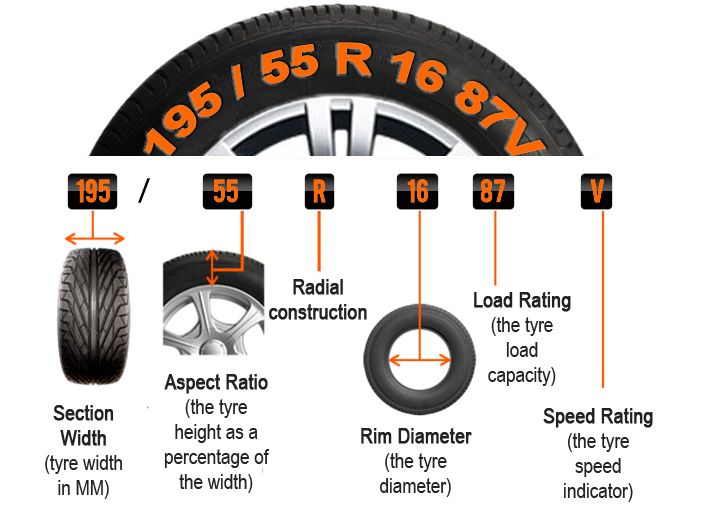 Therefore, changing the outer diameter of the wheel will inevitably affect the driving characteristics of the car, and not in the best way.
Therefore, changing the outer diameter of the wheel will inevitably affect the driving characteristics of the car, and not in the best way.
In addition: the higher the wheel, the lower the odometer and speedometer readings will be relative to the true values. It is even more dangerous when home-grown craftsmen change the offset of the rim, expanding the track, relative to the factory value. This inevitably leads to negative consequences, both for handling and for the life of the suspension, and especially wheel bearings. So in any case, the size of the wheels on specific machines must be within the allowable values established by the manufacturer.
All Family Traveling Family Travels
26740
ADDARITION OF 9000 26740 9000 9000 9000 9000 9000 9000 9000 9000 9000 9000 9000 9000 9000 :
